How local newsrooms in the U.S. are covering the coronavirus

When global becomes local:
How local newsrooms in the U.S. are covering the coronavirus
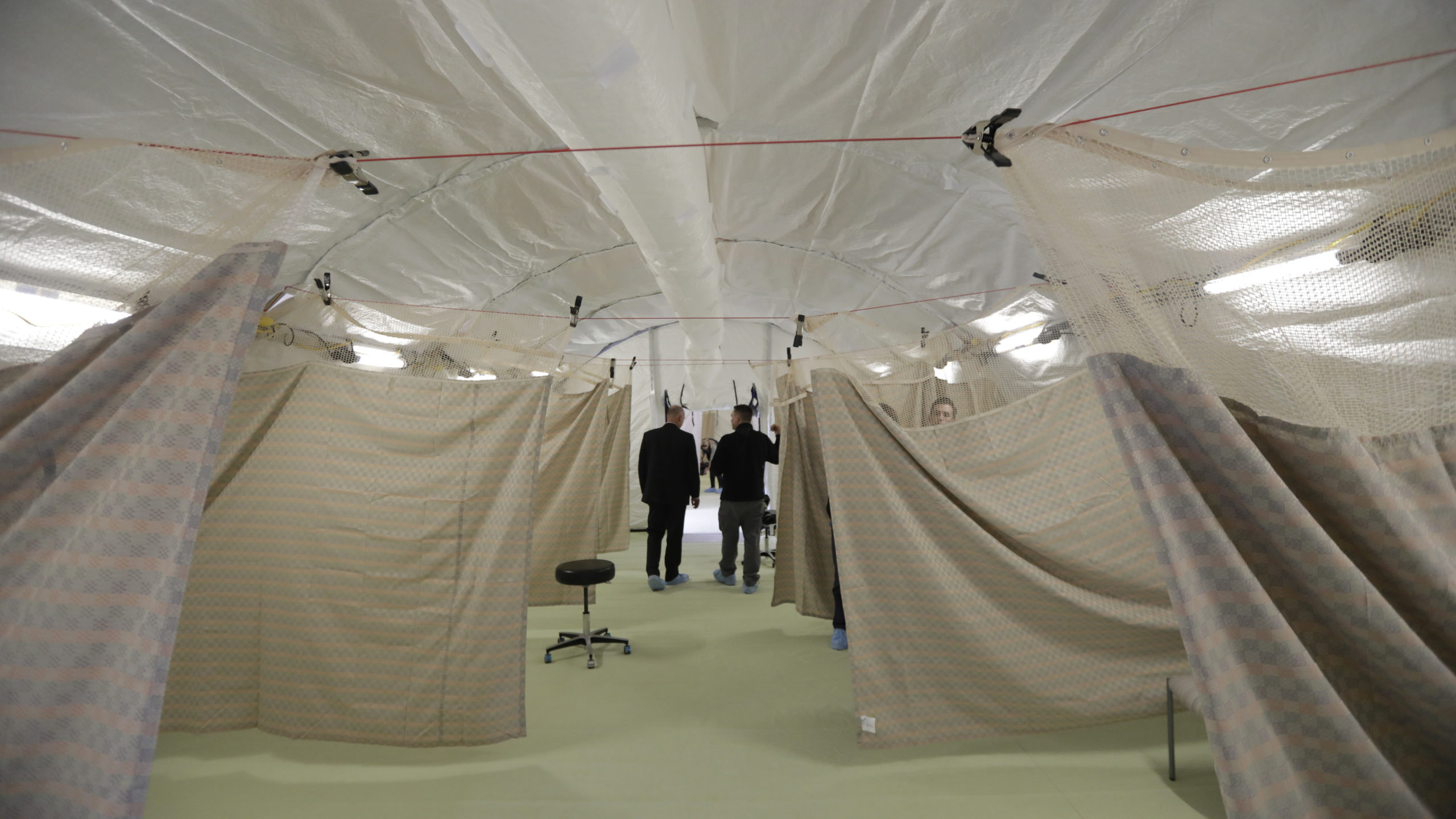
When global becomes local:
How local newsrooms in the U.S. are covering the coronavirus
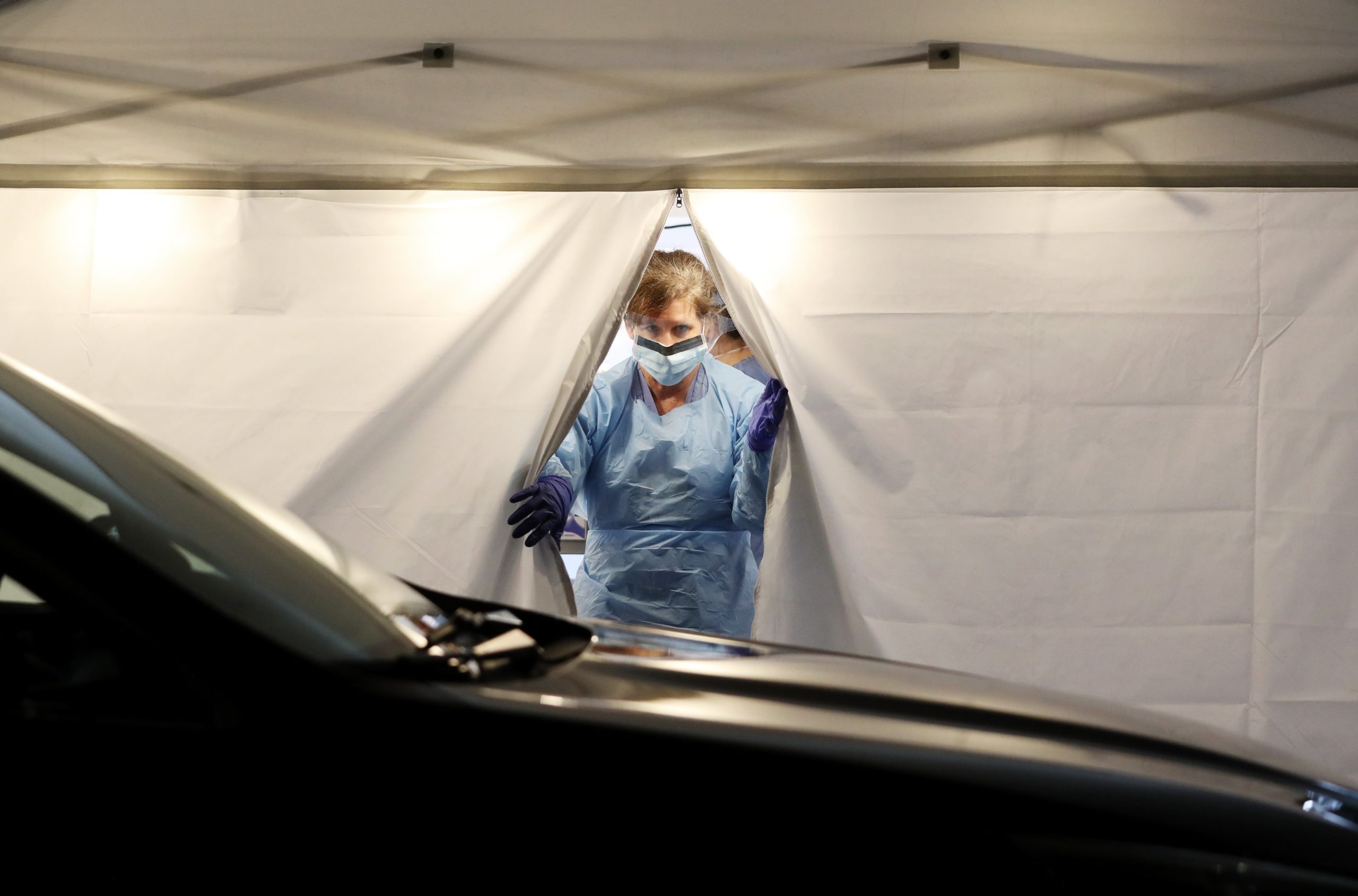
On Thursday, Feb. 27, journalists at The Seattle Times held a meeting to talk about how they’d cover the coronavirus. Fifteen or 16 people gathered in a conference room in the middle of the newsroom, including editors, producers and photojournalists.
The purpose — to make it clear that the coronavirus would be a high-priority story for the next year, said managing editor Ray Rivera. The newsroom put together a small team to follow the news long-term.
That long-term plan had a short life.
On Feb. 29, Washington’s King County reported the first U.S. death from the coronavirus. In the days that followed, the Times reported two deaths, then six, then 10.
Just seven days after that newsroom meeting, the state had 70 confirmed cases of the coronavirus.
As it has spread, COVID-19, the disease caused by the coronavirus, has become a story in local newsrooms around the U.S. These are newsrooms that regularly cover breaking news that starts at home and becomes international. In Seattle, San Francisco, Tampa Bay and Philadelphia, newsrooms are taking similar approaches to coverage — live news blogs with the latest updates, Q&As that deal in the general and specifics of each place, human stories and a mission to inform and not alarm. They’re used to and ready for major news.
But Rivera, the editor in Seattle, doesn’t think past news events compare to the story of the coronavirus for two reasons.
“In a lot of those events, you could foresee that light at the end of the tunnel,” he said. “Here, we’re just at the beginning.”
And this story, unlike any other he’s covered, touches every single aspect of the community, including the newsroom.
Here’s how newspapers in four cities are covering an international story that’s become a local one.
California
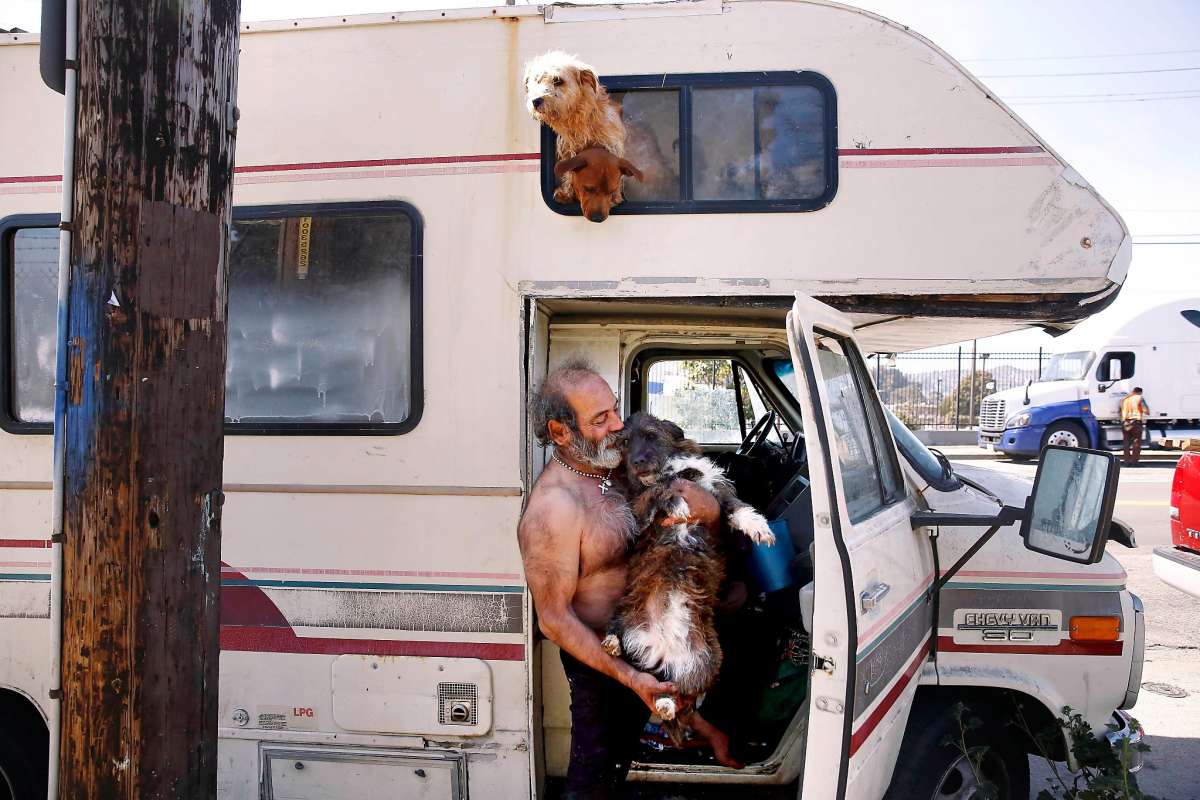
It took everyone in the newsroom. Journalists learned what was happening and why alongside the experts. And uncertainty and fear ran through everything.
This wasn’t from journalists covering the coronavirus though, it was HIV/AIDS in the 80s and 90s.
Kevin Fagan covered the epidemic in the San Francisco Bay area in the ’80s at the Oakland Tribune. He’s worked at the San Francisco Chronicle for the last 27 years.
Now, he’s covering the coronavirus in San Francisco.
“The near panic that you feel amongst our audience is similar to AIDS,” Fagan said. “It’s an unknown boogeyman that you really don’t know how to counteract.”
People might feel helpless now, as they did at the height of the HIV/AIDS crisis, but information now, like then, can save lives.
That’s the work, Fagan said.
“Which means we have to consult the best experts that we can find, and the best experts are still figuring this out also, just as they were with AIDS.”
The spread of the coronavirus has been a local story in San Francisco from the start, said the San Francisco Chronicle’s editor-in-chief, Audrey Cooper.
“We have half a million visitors from China a year come to San Francisco, and San Francisco has the largest population per capita of Chinese Americans and immigrants of any city in the world outside of China.”
At the start of the year, the Chronicle wrote about the impact on that city’s Chinatown, on xenophobia and the local economy. The newsroom launched a liveblog, which has by far been its most-read piece this year. The Chronicle’s daily podcast has seen downloads double, Cooper said. And it deployed its popular tracker tool to show where the coronavirus has spread.
This newsroom knows how to report on rolling breaking news, Cooper said.
“We think of things as 24-hour-news cycles, and they’re not anymore,” she said, “they’re not in California … It’s about how do you tell people what’s going to happen when you don’t know what’s going to happen? And how do you give them enough information that they feel like they’re getting something from you that’s helpful without being alarmist?”
Last week, Fagan visited a homeless camp to report on how that population is bracing for the coronavirus. Over the weekend, he came down with something.
He’s passed two screenings over the phone with his doctor and is staying home and resting.
Another lesson from covering AIDS applies now, too.
“Don’t be afraid,” said Fagan, who was feeling a bit better on Tuesday. “Keep a calm mind.”
And remember, he said, “you are doing a public service as a reporter. It’s very important.”
Washington
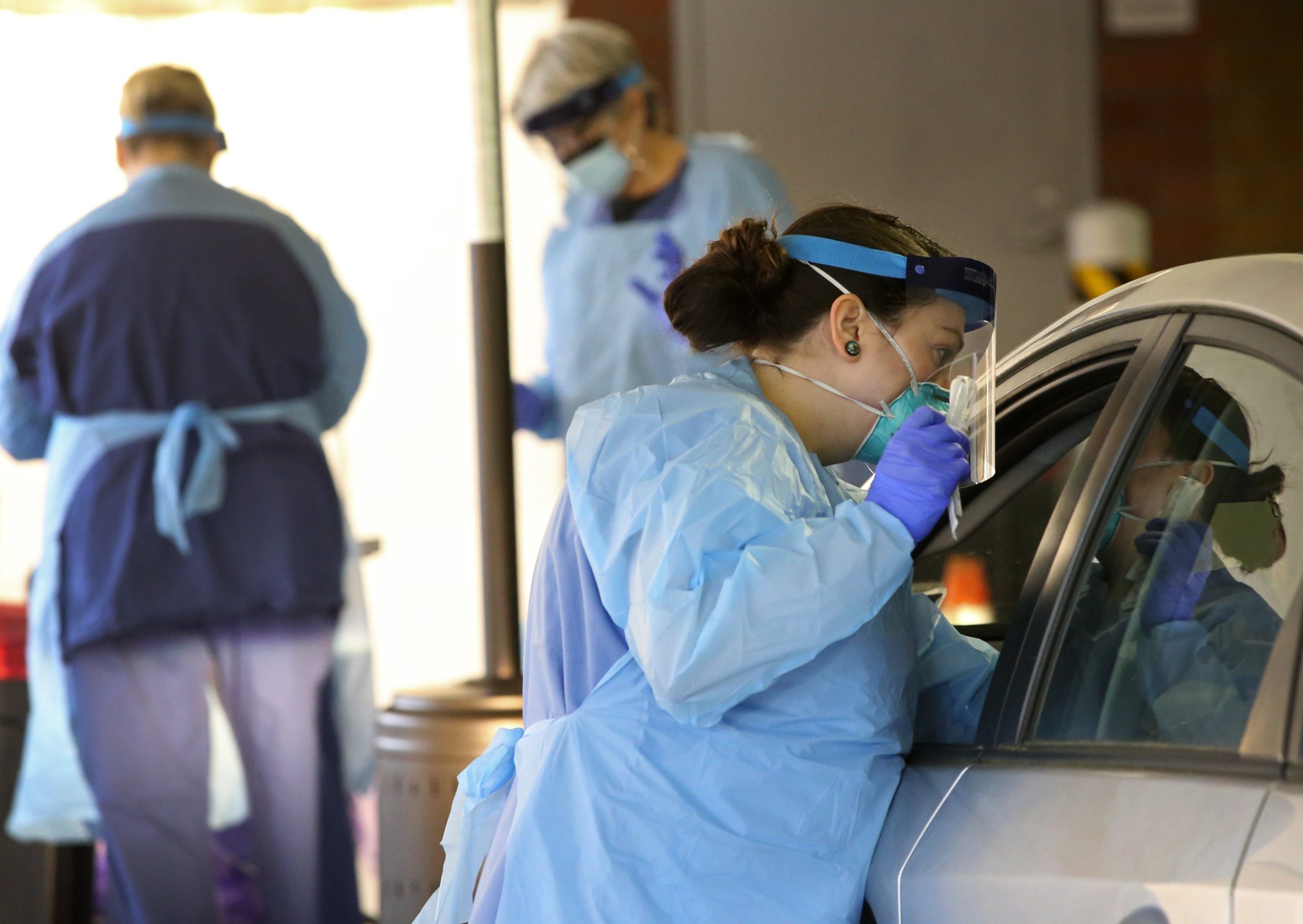
How do you cover baseball if you can’t travel with the team?
How do reporters stay safe while showing what’s happening in the community?
And how does a newsroom work if it’s not in an actual newsroom?
The Seattle Times is working on in-house guidelines and best practices, said Rivera, the Times’ managing editor.
“As it is right now, we’re the ones that are right in the thick of it. I don’t think that anybody has really developed these yet.”
But the newsroom itself was ready and has adapted quickly, said Lynn Jacobson, deputy managing editor, because of the years it has spent transforming from print to digital.
“We’re already staffed from the wee hours of the morning to the very late hours of the night. We already have people who are working remotely. We already have lots of great communication tools.”
About a dozen people weren’t prepared to work fully remotely, she said, “and this is in a newsroom of 160 people.”
They’re ready now.
The Seattle Times wants to share information without raising alarm, Rivera said, and they’ve tried to do that through everything from regular updates to watchdog reporting.
But in order to keep doing that, the newsroom itself has to be able to keep working. And so far, it’s been a bustling place, Jacobson said.
“We respond very well to a crisis. That’s what we do,” she said. “That’s where we’re most in tune with our mission to serve readers, and people have risen to the occasion beautifully.”
Maybe a little too beautifully.
On Thursday, March 5, editors encouraged everyone to work at home. On Tuesday, March 10, executive editor Michele Matassa Flores emailed staff with praise for their dedication and a more forceful directive: “We expect you to be working remotely.”
Florida
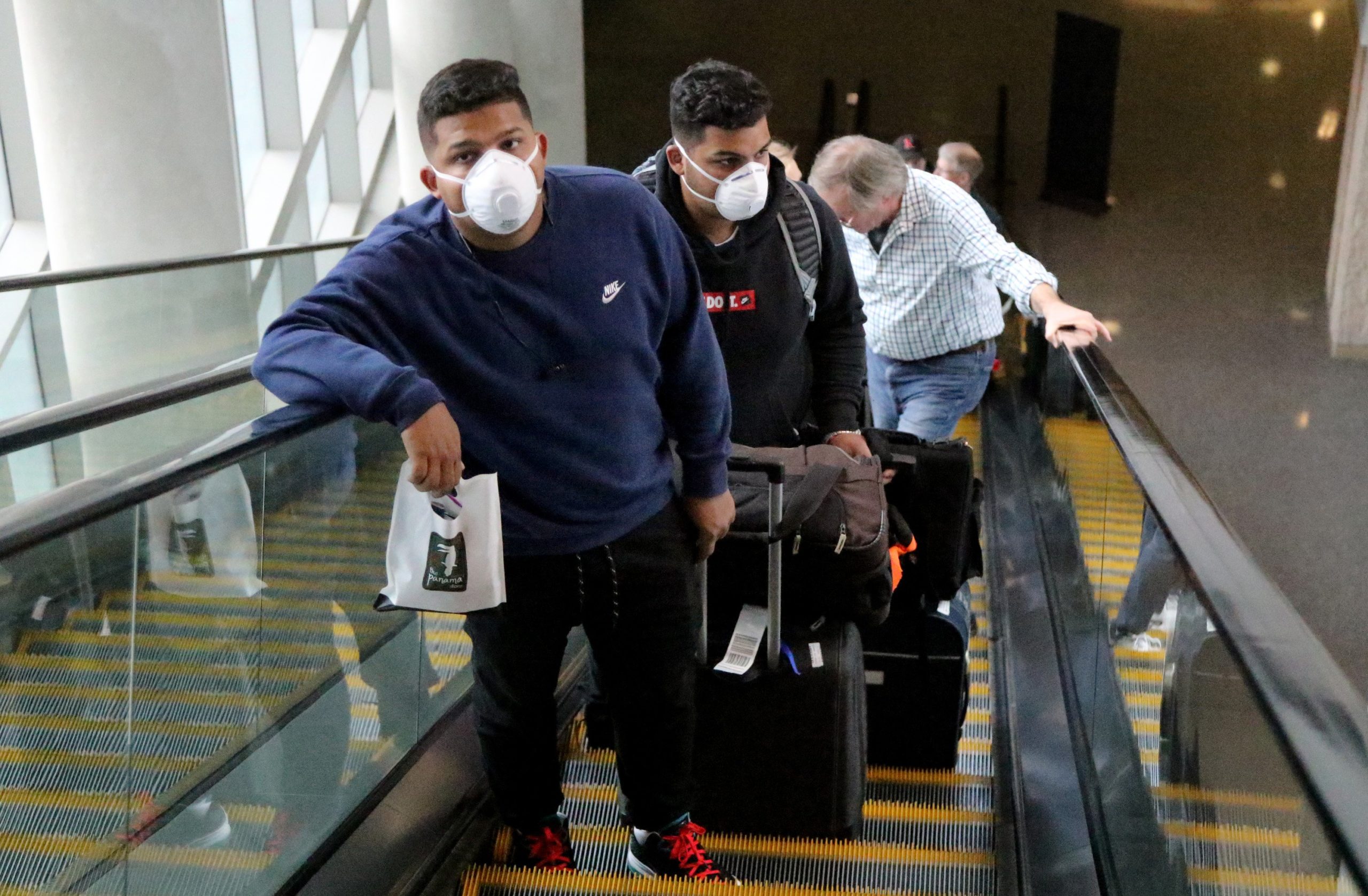
On Feb. 26, staff at the Tampa Bay Times learned they’d be taking 10% temporary pay cuts due to falling revenues. A few days later, when Tampa Bay’s first case was reported, the newsroom’s sleepy Monday morning meeting turned into a packed house of journalists who wanted to help cover the coronavirus.
The newsroom rallied to cover the story, said Ellen Clarke, deputy editor of print, offering live updates, news coverage, Q&As, a podcast and local reporting that puts the outbreak into context.
(Disclosure: Poynter owns the Tampa Bay Times and I’ve worked with them on an obituary project.)
Coverage has included shedding light on what looks like a lot of high-level fumbling, from bungled travel advisories to a call for more transparency from Florida Sen. Rick Scott to a maddening story about a woman who was told she had been on a flight with someone with the coronavirus, was told to self-quarantine, then given little other information while a fellow passenger was cleared as low-risk.
Journalists aren’t the only ones feeling frustrated with limited information coming from state government, local health departments and officials.
“We’re hearing from readers who are feeling frustrated, too,” said Tampa Bay Times health reporter Justine Griffin.
She and the newsroom hear regularly from residents whose stories don’t match the stories from officials.
“It’s kind of unbelievable, the disconnect from what we’re hearing from the government versus what people are telling us based on their own experiences,” she said.
While coronavirus hoaxes and misinformation have created an “infodemic” online, journalists at the Times have also had to serve as a first line of defense against local rumors, like when people started sharing news on Facebook of a supposed case at a local hospital, which was false.
It’s a basic function of journalism at a critical time for the community: What do people need to know, and what value does that information bring? And it’s still happening in Tampa Bay, even as the pressures of the industry make the work itself harder.
“What’s happening here is always in the back of your mind,” Griffin said, “but everyone here is very professional and very committed to the craft, and that just showed in all the work we produced last week.”
Pennsylvania

The Philadelphia Inquirer did something many local newsrooms have — it made its coverage of the coronavirus free.
This has become a go-to move during major breaking news, but it’s significant as local newspapers in particular work to replace revenue lost in ad sales with support from digital subscribers.
“This information is just way too important,” said Charlotte Sutton, the Inquirer’s assistant managing editor for business, health and the environment. “God knows we need to make money, but public safety has got to be at the absolute top of the priorities.”
The Seattle Times and the Tampa Bay Times also removed paywalls from their coverage, and The San Francisco Chronicle’s “need to know” story is outside the paywall, too. In Seattle, Rivera said, they can see people subscribing because of the coronavirus coverage, even though it’s free. At the Tampa Bay Times, digital subscriptions were up by about 100, with coronavirus coverage making up about half of the stories that led people to subscriptions.
Last year, the Lenfest Institute, the nonprofit owner of the for-profit Inquirer, granted the newspaper $250,000 for coverage of public health and wellness. In the last few days, Lenfest increased that amount to $275,000, said Jim Friedlich, executive director and CEO of the Lenfest Institute for Journalism.
“It is hard to imagine a greater public service than accurate, timely information about public health,” he said. “News enterprises should reach out to their communities for financial support of this vital work. Our experience suggests that the public values our work immensely and feels honored to help fund it.”
Alongside the Inquirer’s coronavirus coverage is a note to readers: “Because fact-based, useful information about the coronavirus is crucial to the safety of our community, we’re offering unlimited access to the Inquirer’s coverage of the outbreak and its impact here …”
That fact-based, useful information isn’t just from the health team or business or politics. Everyone in the newsroom is using their expertise to explain what the coronavirus means.
“I’m trying hard to think of a story that touches every beat in the newsroom the way this does,” Sutton said. “This affects everyone’s life.”
And divided as people are right now, Sutton said, “smart people can tell quality journalism when they see it. We need to cater to those folks and not get into the politics and just give people the facts as we have them. That’s really our job.”
On Tuesday, the Inquirer reported Philadelphia’s first confirmed case of the coronavirus.
Kristen Hare covers the transformation of local news for Poynter.org. Sign up for her weekly newsletter, Local Edition. She can be reached at khare@poynter.org or on Twitter at @kristenhare
Written by Kristen Hare
Edited by Ren LaForme
Designed by Ren LaForme
Editor’s note: This story has been updated with photographs from photojournalists in the local newsrooms interviewed in this story.
